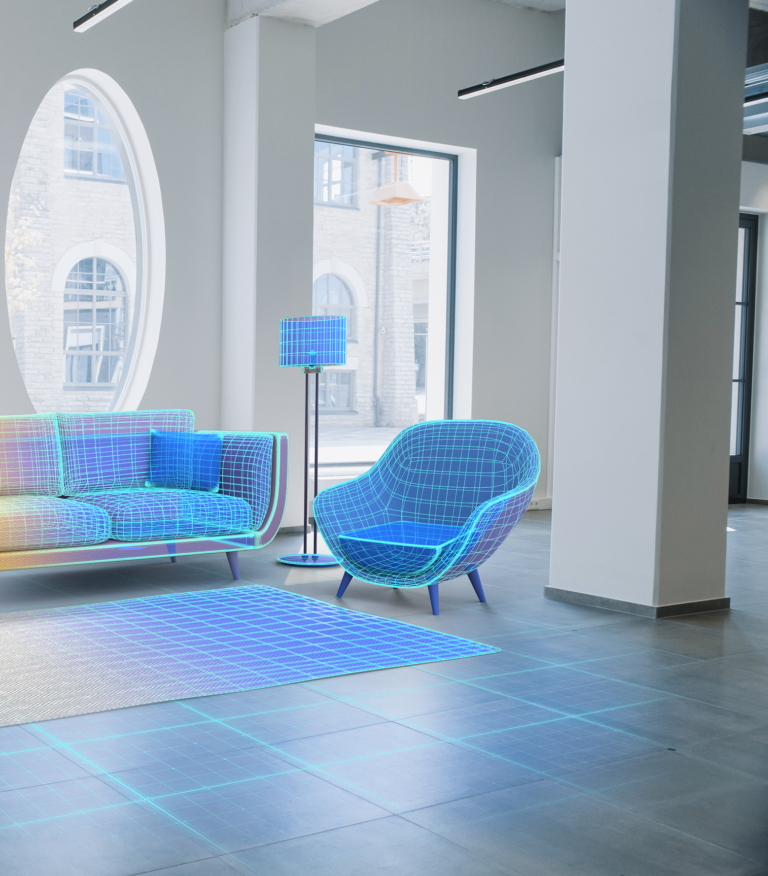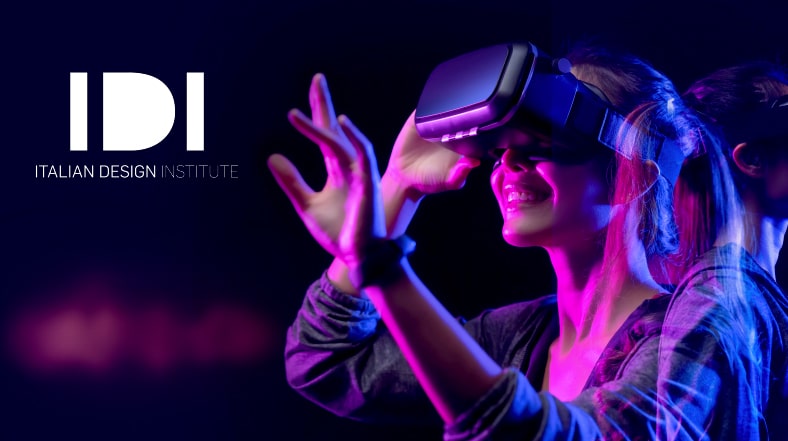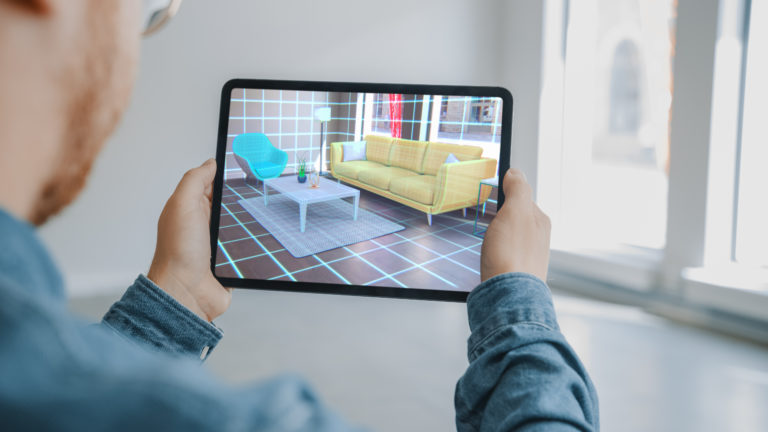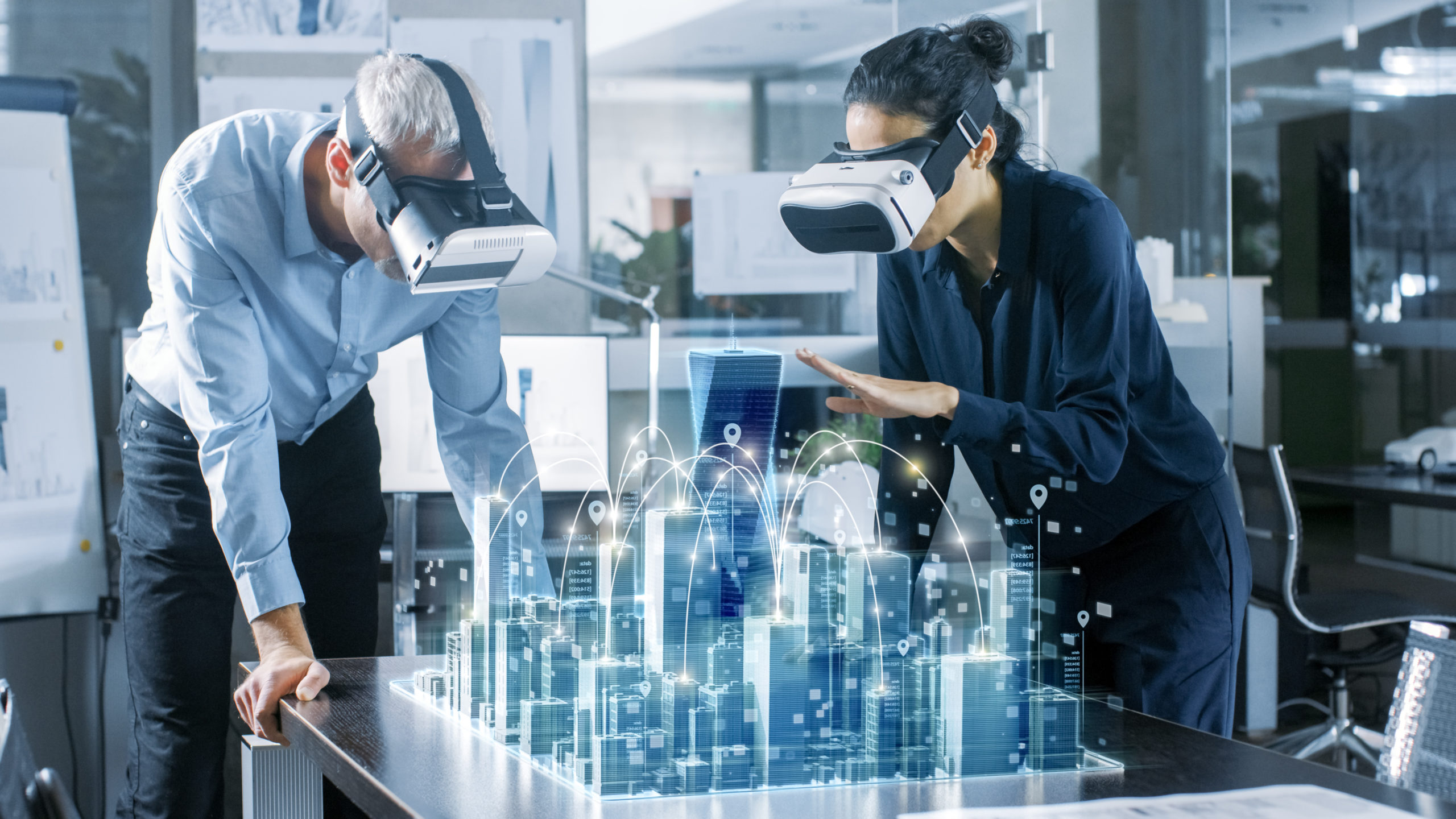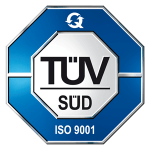Do you want to become an expert in Virtual and Augmented Reality? IDI's Specialisation Course in Virtual and Augmented Reality for Business is a professional training course that will enable you to learn the skills necessary to transform 3D models created using Blender or other modelling software into virtual or augmented reality.
Training course
Experiencing spaces even before they are built has become an increasingly creative requirement thanks to the extraordinary potential of immersive reality that allows a spectacular and exciting view of spaces
In response to this growing need/requirement, a multi-stage training course was formulated to provide skills in the use of Augmented Reality and Virtual Reality as innovative tools for presenting one's projects by exploiting technologies from the world of gaming, in particular Unity 3D.
The specialisation course in Virtual and augmented reality for business will provide the skills to be able to transform 3D models created using Blender or other modelling software into augmented reality and/or virtual reality. Each participant will be able to generate AR and VR presentations on multiple platforms (Windows, Android, iOS)
